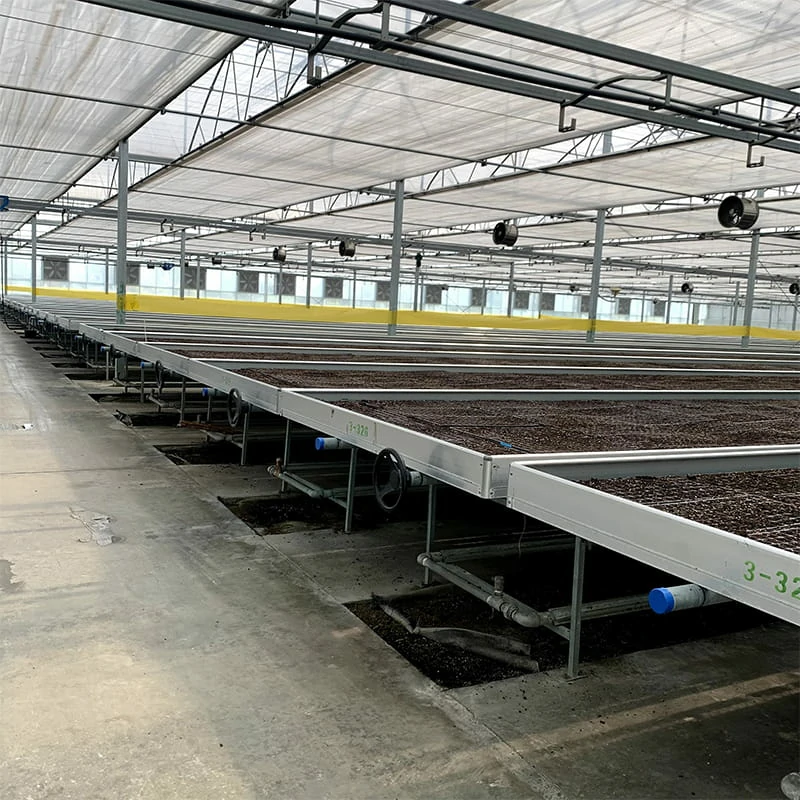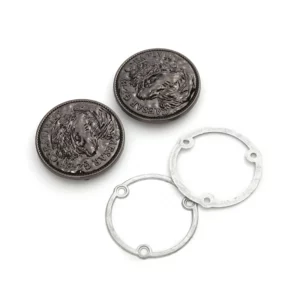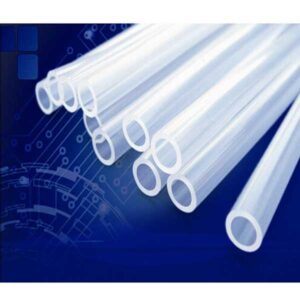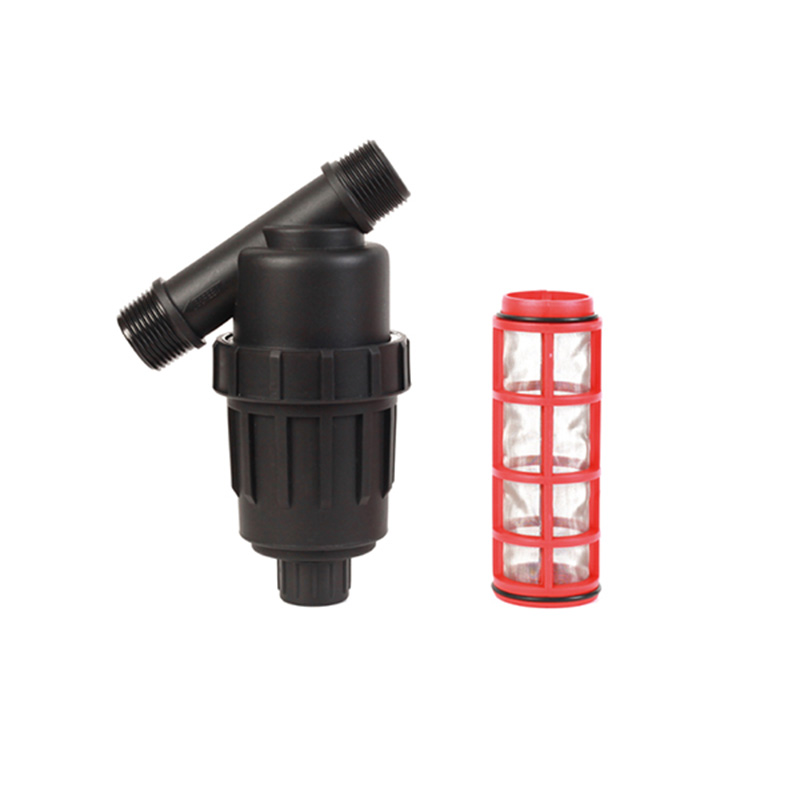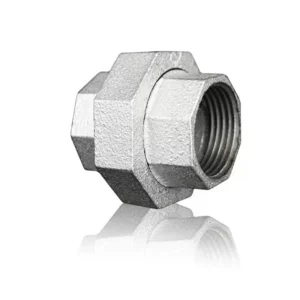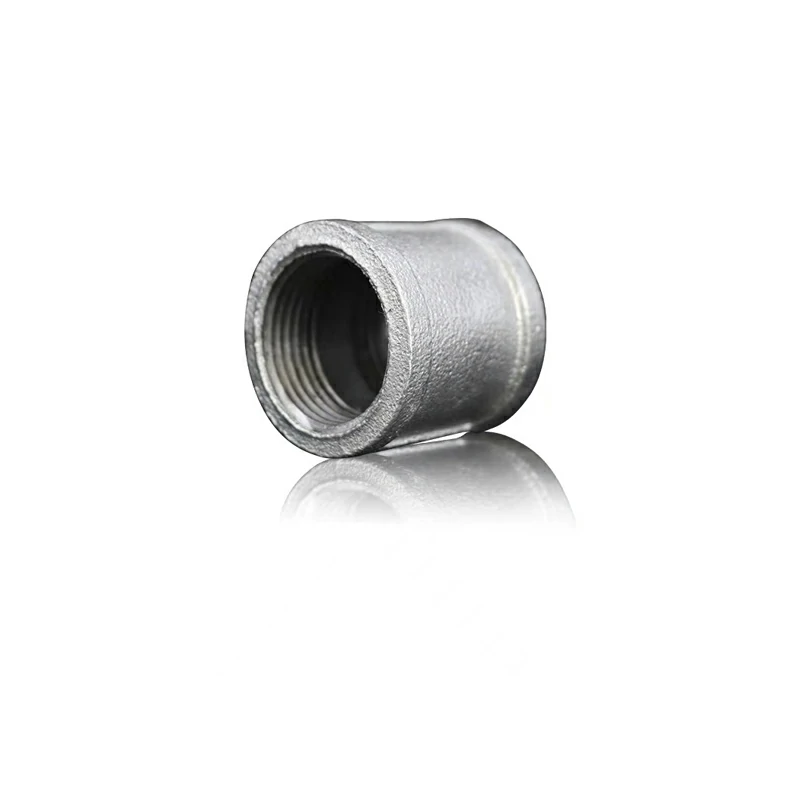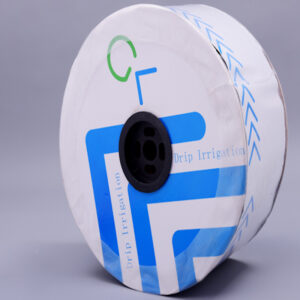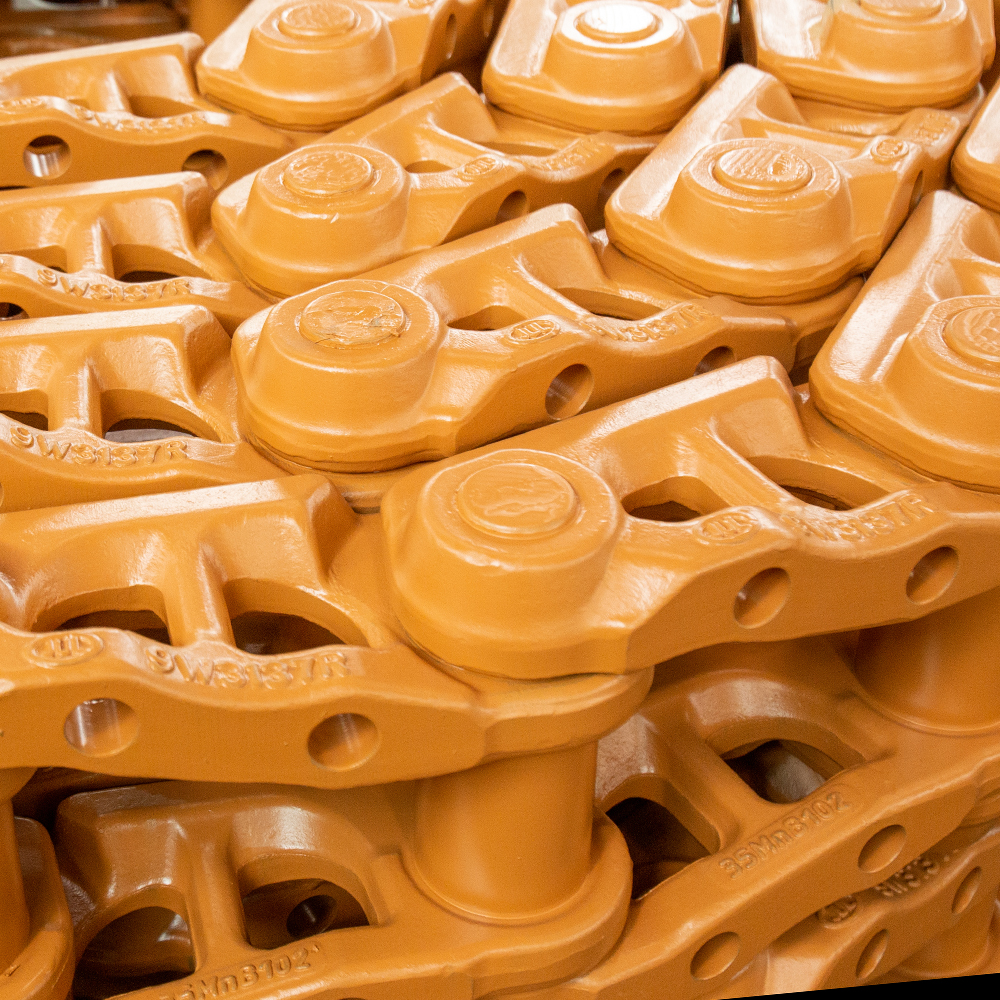Tide gauges are critical instruments used to measure and monitor the changes in sea levels along coastal areas. These devices provide valuable data for understanding the dynamics of ocean tides, coastal erosion, and the impacts of climate change. In this article, we will explore the benefits and effects of tide gauges and their significance in safeguarding vulnerable coastal environments. By comprehending their role in collecting accurate tidal information, we can better appreciate how tide gauges contribute to coastal management strategies and the preservation of coastal ecosystems.
Deep-sea pressure sensors, also known as tsunami buoys or tsunami pressure sensors, are crucial components of tsunami early warning systems. These sensors are designed to detect and measure the pressure changes caused by the passage of tsunami waves beneath the ocean’s surface.
Here’s an overview of how deep-sea pressure sensors work:
- Sensor Deployment: Deep-sea pressure sensors are typically deployed on the seafloor at specific locations in regions prone to tsunamis. They are anchored securely to the ocean floor to ensure stability and accurate data collection.
- Pressure Measurement: The deep-sea pressure sensor consists of a pressure-sensitive device enclosed in a protective housing. The sensor measures the pressure exerted by the water column above it. The pressure changes caused by the passing tsunami waves result in variations in the water column height, and this change in pressure is detected and recorded by the sensor.
- Data Transmission: The pressure sensor is connected to a data acquisition system, which collects and processes the pressure data. The collected data is transmitted in real-time via underwater communication cables or satellite systems to a central data processing center.
- Analysis and Interpretation: At the data processing center, the collected pressure data from multiple deep-sea pressure sensors is analyzed to determine the characteristics of the tsunami waves. This analysis involves comparing the observed pressure changes with predefined thresholds and algorithms to identify whether a tsunami has been generated and estimate its size and potential impact.
- Tsunami Warning: Based on the analysis of the pressure data, if a tsunami is detected, warning messages are generated and disseminated to relevant authorities responsible for issuing tsunami alerts and coastal communities at risk. These warnings provide crucial information regarding the estimated arrival time, size, and potential coastal impact of the tsunami.
By measuring the pressure changes caused by the passage of tsunami waves beneath the ocean’s surface, deep-sea pressure sensors provide valuable real-time data that enhances the accuracy and reliability of tsunami early warning systems. This information helps authorities and coastal communities make informed decisions and take appropriate actions to mitigate the potential impact of a tsunami.
It’s worth noting that deep-sea pressure sensors are just one component of a comprehensive tsunami early warning system, which also includes seismometers, ocean buoys, and other instruments. The integration of data from multiple sources allows for a more comprehensive understanding of tsunami events and improves the effectiveness of early warning efforts.
Section 1: Accurate Sea Level Monitoring
1.1 Precise Sea Level Measurements:
Tide gauges are designed to provide accurate and consistent measurements of sea levels over time. They record the vertical movement of the water surface relative to a fixed point on land. By collecting data at regular intervals, tide gauges help scientists and researchers understand long-term sea level trends, fluctuations, and variations due to natural and human-induced factors.
1.2 Monitoring Coastal Flooding and Storm Surges:
Tide gauges play a crucial role in monitoring coastal flooding and extreme events like storm surges. By continuously recording water levels, they provide real-time data that helps predict and assess the severity of coastal flooding events. This information is essential for emergency preparedness, coastal planning, and the protection of lives and infrastructure in vulnerable coastal regions.
Section 2: Climate Change and Coastal Erosion
2.1 Tracking the Effects of Climate Change:
Tide gauges are instrumental in studying the impacts of climate change on sea levels. Rising global temperatures contribute to the thermal expansion of seawater and the melting of glaciers and ice caps, leading to a rise in sea levels. Tide gauges provide long-term data that helps scientists analyze and quantify these changes, allowing for a better understanding of the rate and magnitude of sea level rise.
2.2 Assessing Coastal Erosion:
Coastal erosion is a significant concern for coastal communities and ecosystems. Tide gauges help monitor changes in shoreline positions and erosion rates over time. By providing data on sea level fluctuations and tidal patterns, tide gauges aid in assessing the impact of erosion on coastal infrastructure, habitats, and natural resources. This information guides coastal management strategies and the implementation of mitigation measures.
Section 3: Tsunami and Seismic Monitoring (400 words)
3.1 Early Warning Systems:
Tide gauges are integral components of tsunami early warning systems. These devices detect rapid changes in water levels associated with seismic activities, allowing for timely warnings to be issued to coastal communities. By providing real-time data on tsunami waves, tide gauges help mitigate the risk to human life and property by enabling evacuation procedures and emergency responses.
3.2 Monitoring Seismic Activity:
Tide gauges also contribute to the monitoring of seismic activity along coastlines. They can detect the vertical movements of the Earth’s crust caused by tectonic forces. By integrating tide gauge data with seismic measurements, scientists can gain insights into the behavior of fault lines, plate boundaries, and the potential for future earthquakes. This information aids in earthquake research, hazard assessment, and the development of seismic safety measures.
Tide gauges are invaluable tools for monitoring and understanding the changes in sea levels along coastal environments. By providing accurate measurements, tide gauges help assess coastal flooding risks, track the effects of climate change,ebb and flow tables and monitor coastal erosion. They also play a vital role in tsunami early warning systems and seismic monitoring. The data collected by tide gauges empowers scientists, researchers, and coastal managers to make informed decisions regarding coastal planning, adaptation strategies, and the protection of vulnerable coastal areas. As sea levels continue to rise, understanding the benefits and effects of tide gauges is crucial for safeguarding coastal communities, preserving coastal ecosystems, and building resilience in the face of environmental challenges.
